Shopping in the Souks
The souks tended to be small shops that specialized in a single type of merchandise. Many of the items for sale were made by local craftsmen and artisans.
The souks tended to be small shops that specialized in a single type of merchandise. Many of the items for sale were made by local craftsmen and artisans.
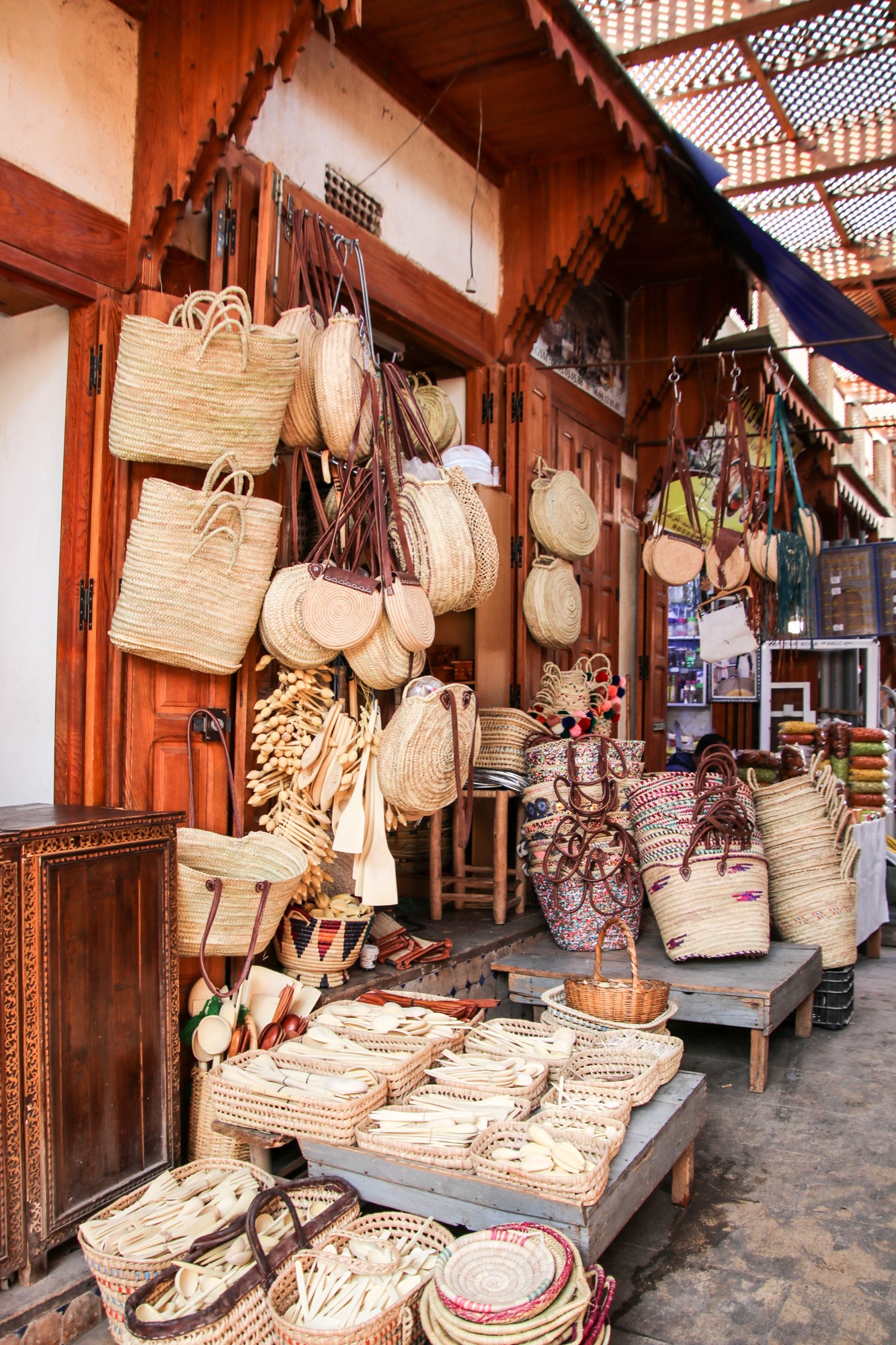


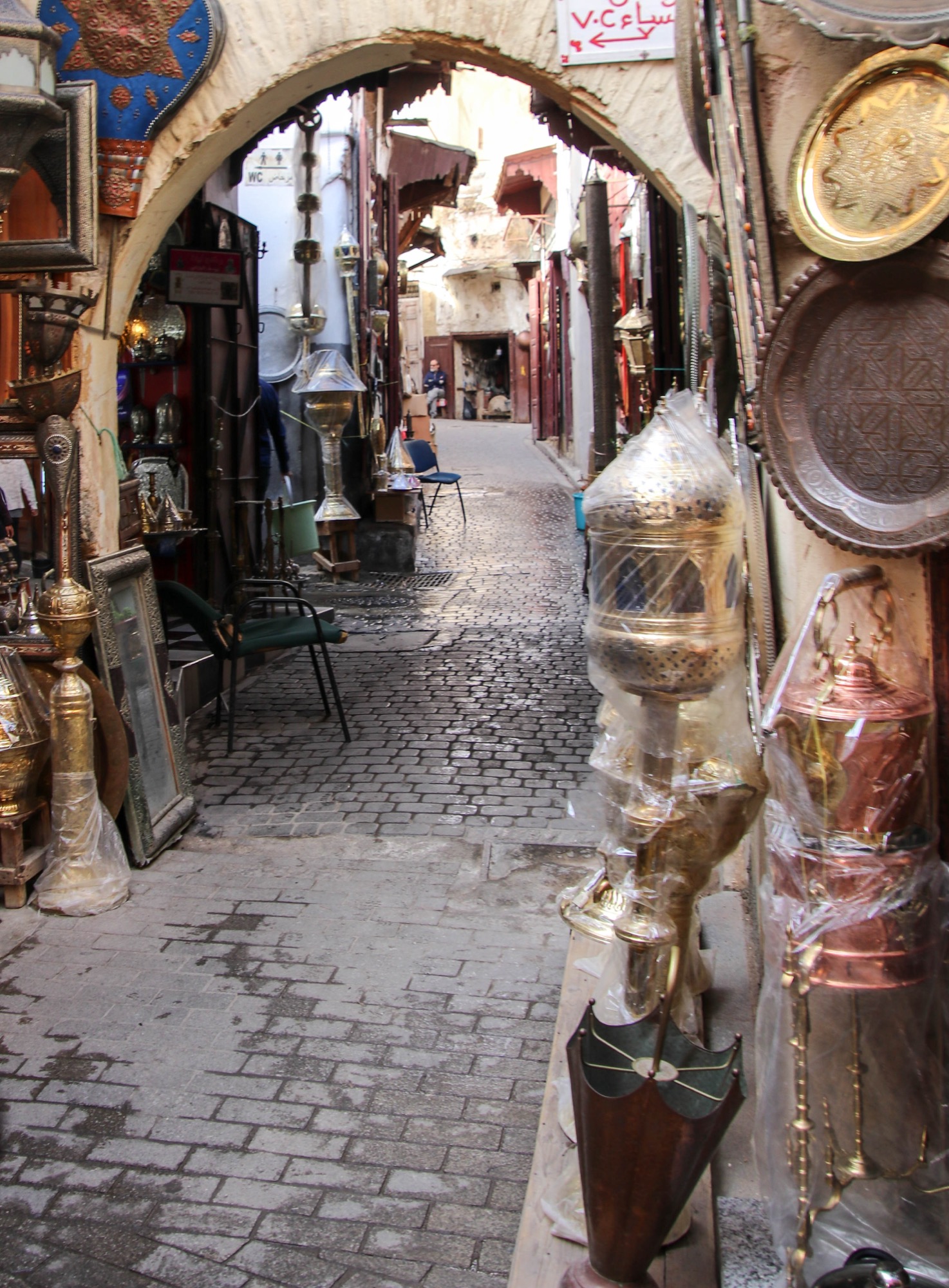
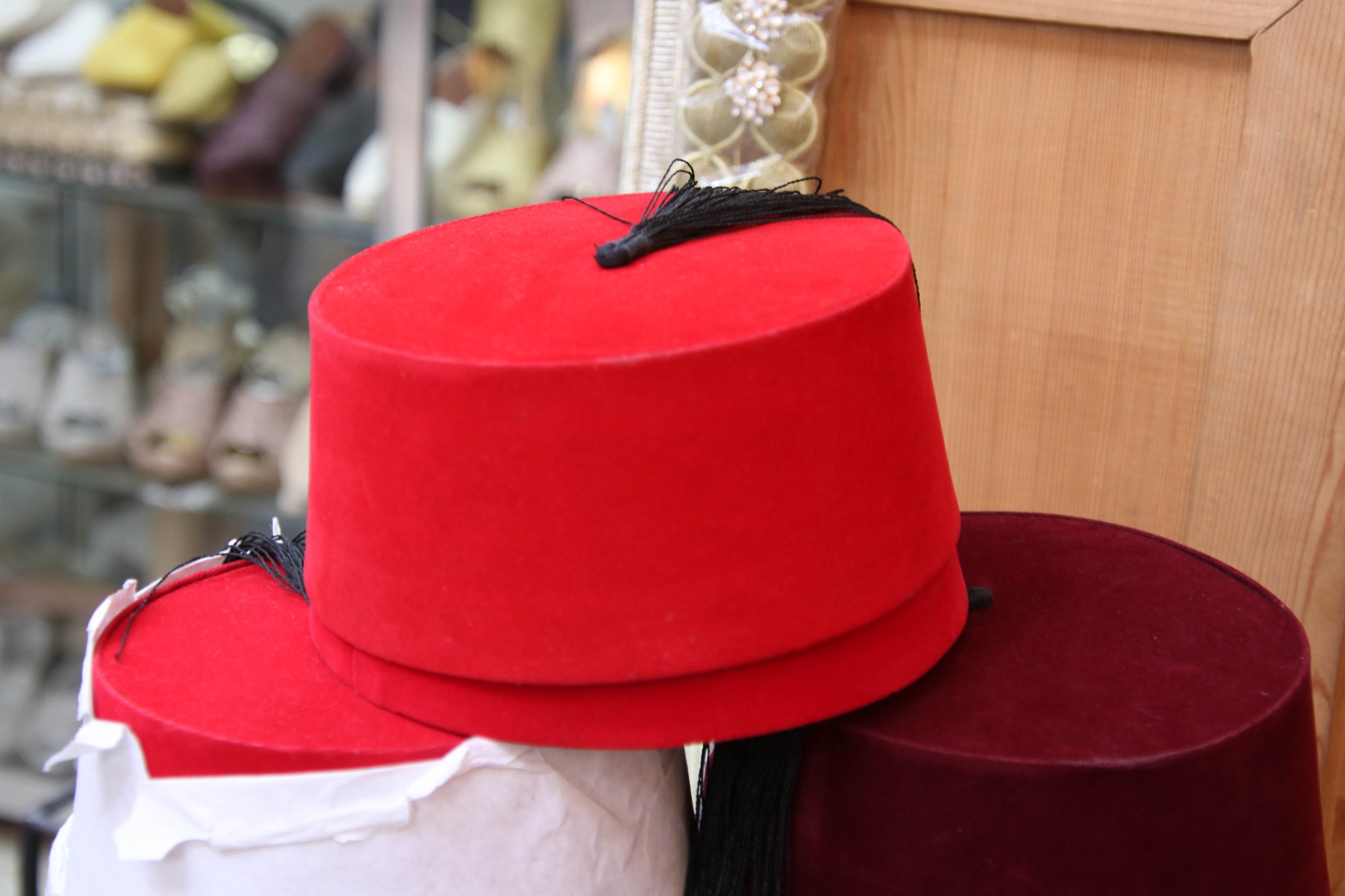
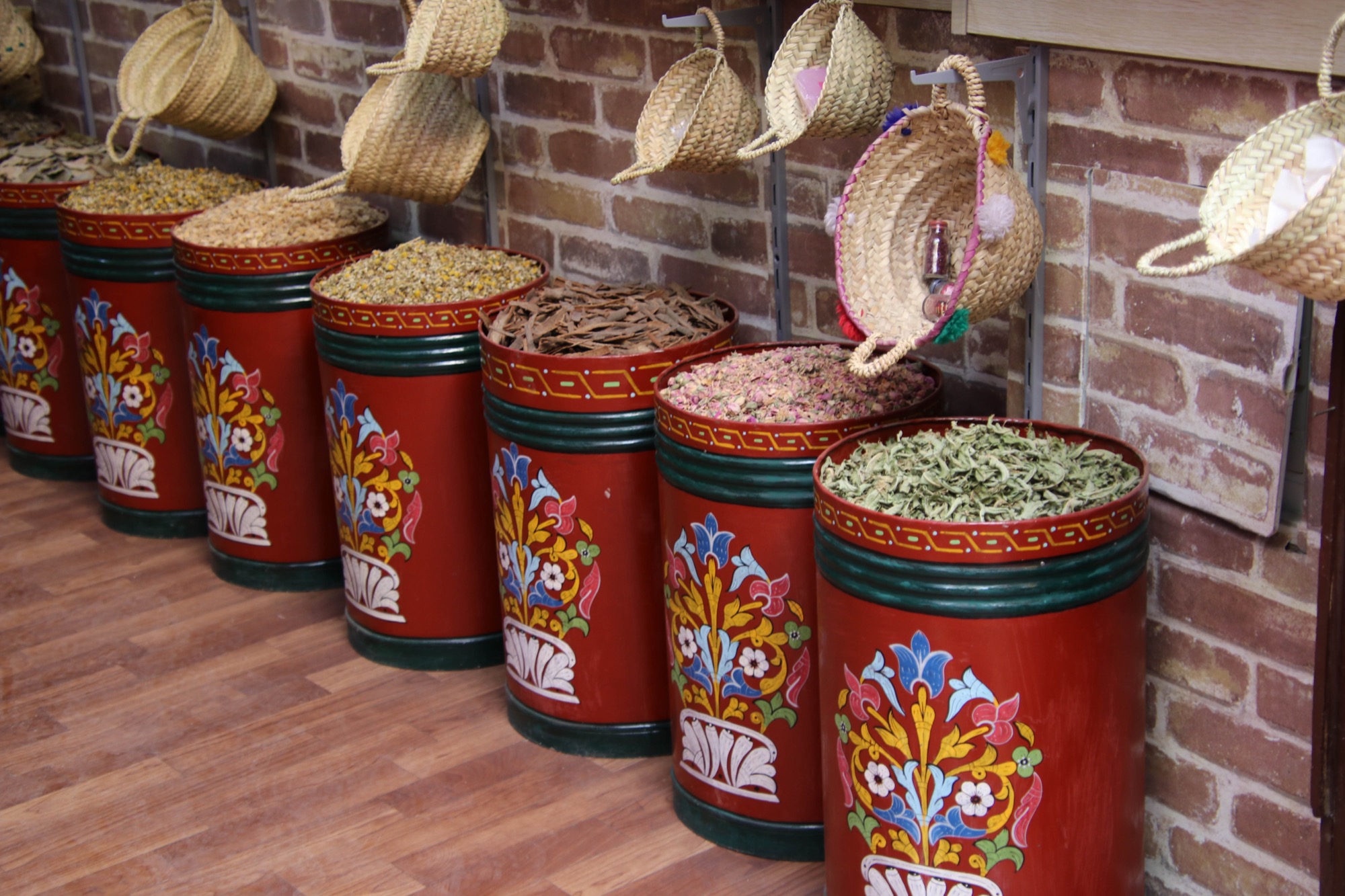
The Nejjarine Museum of Wooden Arts and Crafts was an interesting museum with displays relating to carpentry in days of old. The real treasure, however, is the building itself which was built in 1711 as a lodging house used by traveling merchants. Goods were displayed on the ground floor and lodgings were on the upper two floors. Just outside the building is the beautiful Nejjarine fountain with intricate carvings and zellij tile designs. The fountain was used by the travelers for ritual purification prior to prayer.
Al-Attatine Madrasa, which is Arabic for school of the perfumers, was so named due to its location near the spice and perfume area of the old town souks. The madrasa, or learning institution, which was built in 1325, was designed to be a religious school. The central courtyard is considered to be one of the finest examples of craftmanship from the Marinid Dynasty which ruled Morocco between the 13th and 15th centuries. The beautifully carved walls and columns, the geometric patterns in the zellige mosaic tiles, and the elegant carvings in the wooden arches, cornices, and doors did not disappoint.







There were many medersas located throughout the old town. Each was designed to be an institution of religious study which also imposed the political teachings of the ruling dynasty, but many were also places where craftsmen could learn and practice their trade. We saw the Medersa Seffarine, or metalworkers' school, the first of nine medersas built during the 13th and 14th centuries. As we wandered through the old town, we saw many other artisans at work.
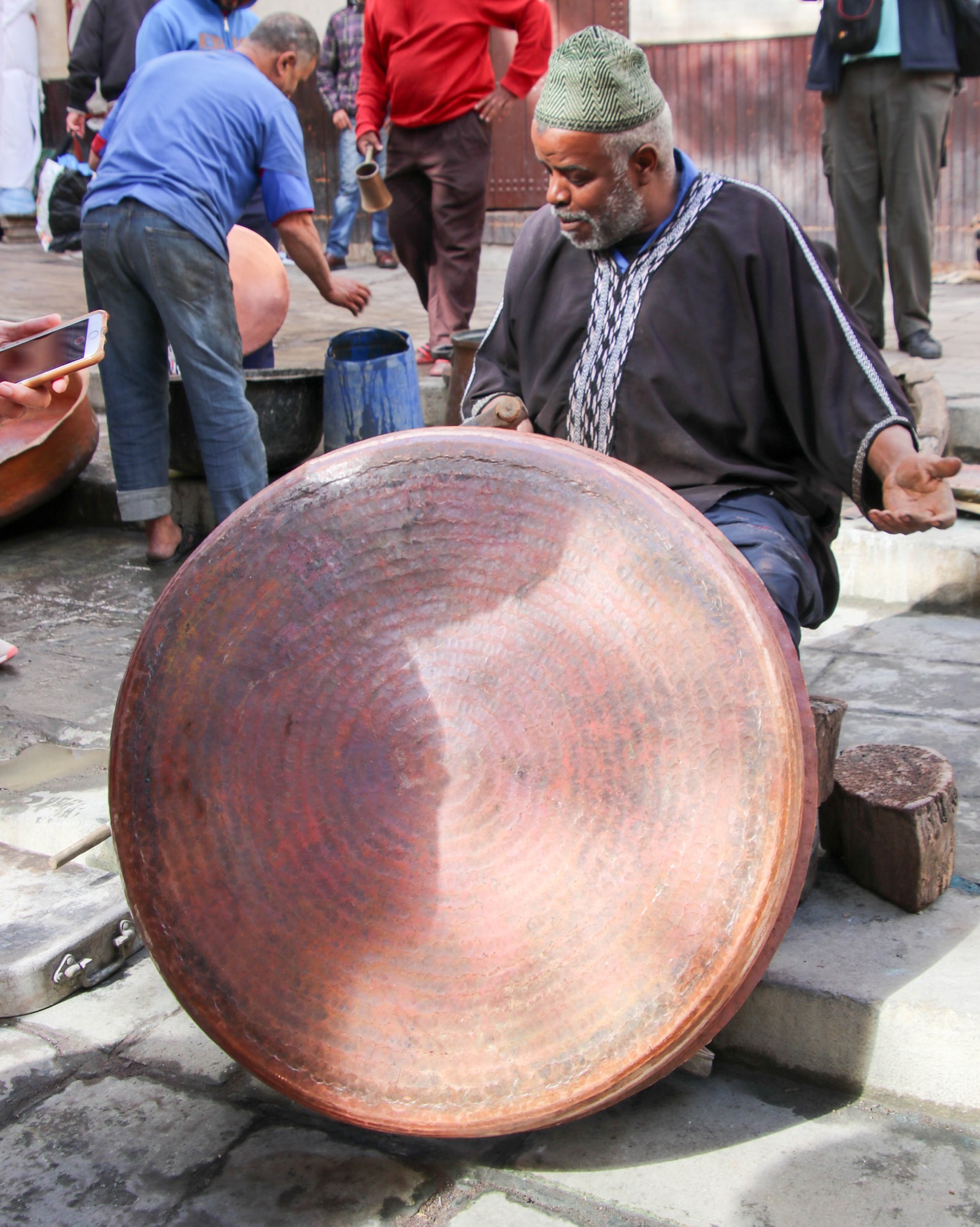



The Art Naji Ceramics Shop, a family owned business which was established in 1930, provided a glimpse into how pottery is made. We saw craftsmen throwing pots on foot driven wheels and then hand painting the pottery. There were two large kilns for firing the ceramic goods both before and after the painting. There were also artisans who were chipping and shaping small tile pieces to make elaborate mosaic designs.

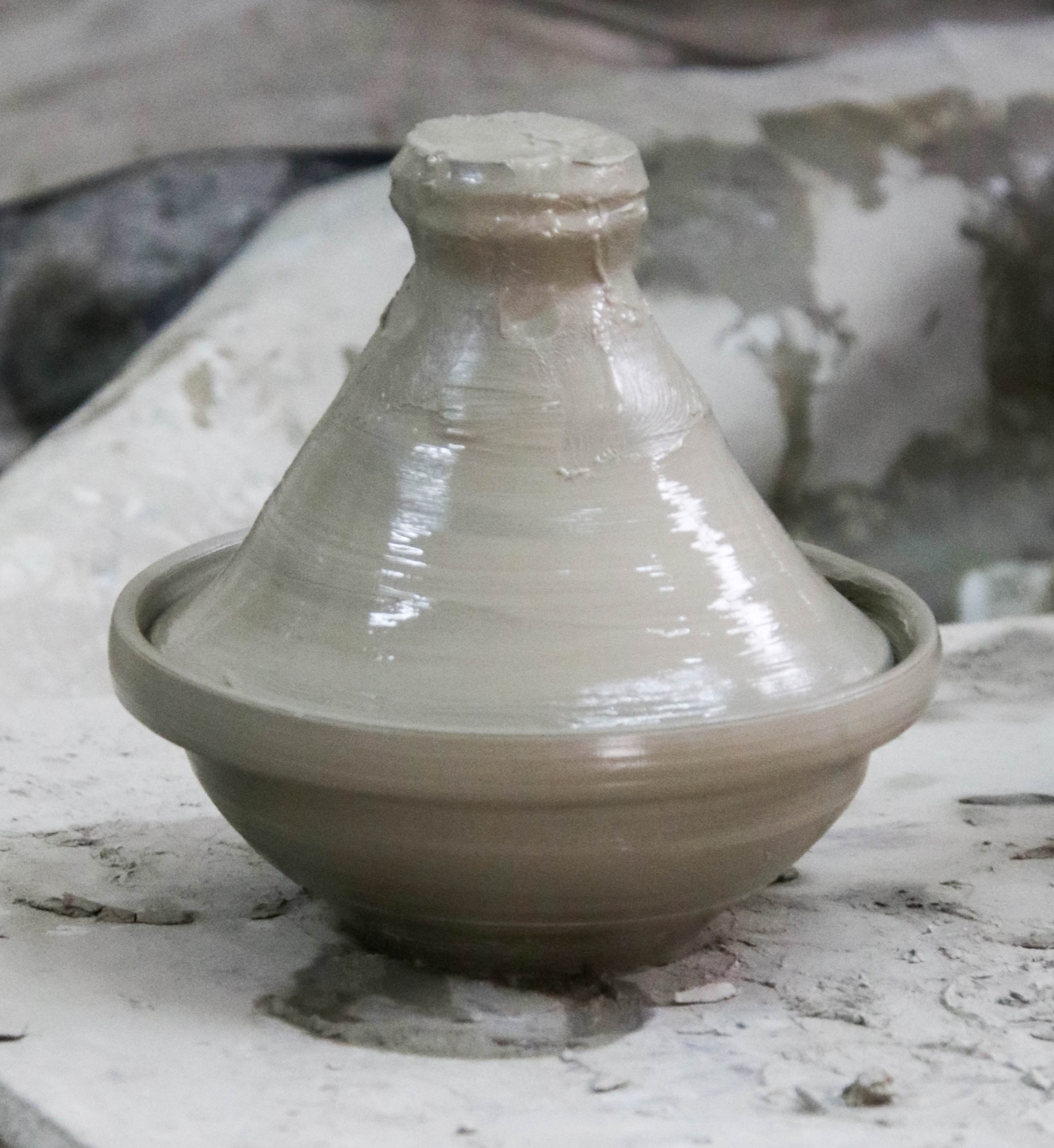
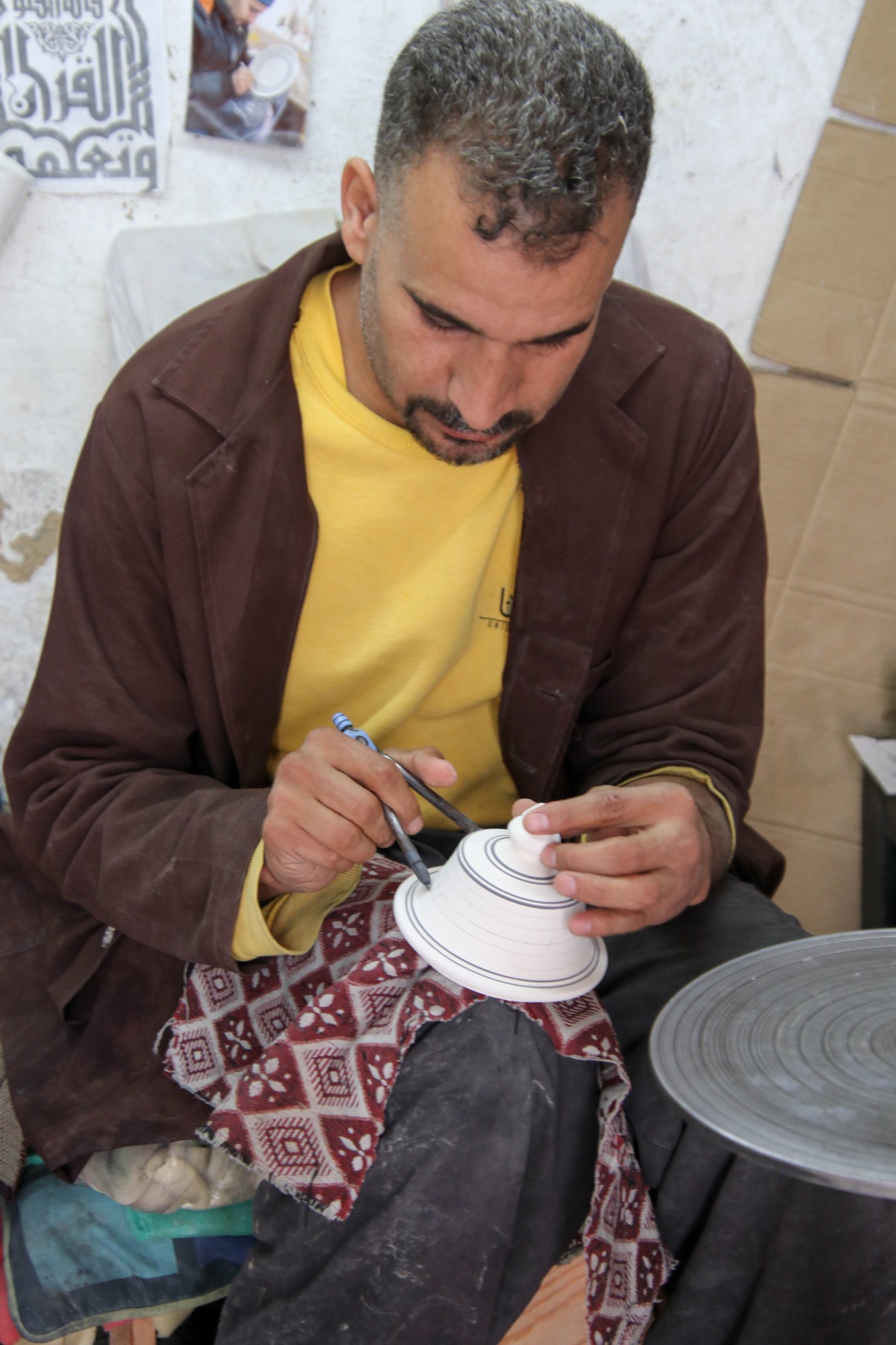


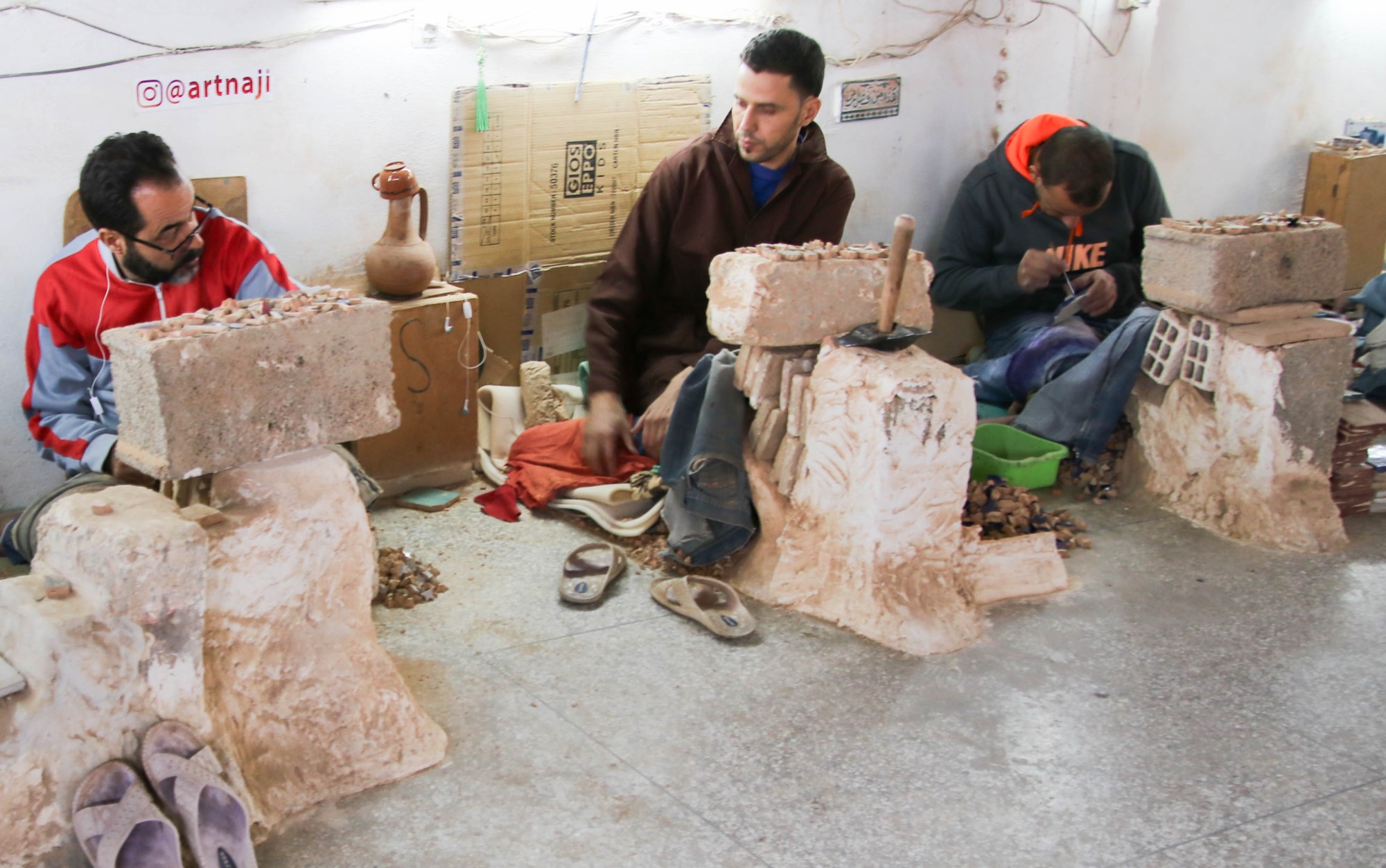

On the road to the capital city of Rabat, with interesting stops at the towns of Volubilis and Meknes, we saw some of the agricultural region of Morocco. There were lots of groves of olive trees as well as smaller crops along the way. Of course, there were also many roadside stands selling a variety of local goods to passing tourists.
In addition, we made a quick stop along the banks of Sidi Chahed Lake which was created by the building of a dam in the 1990s. This lake supplies 30 million gallons of water to the city of Meknes and provides irrigation water for a multitude of farming communities.


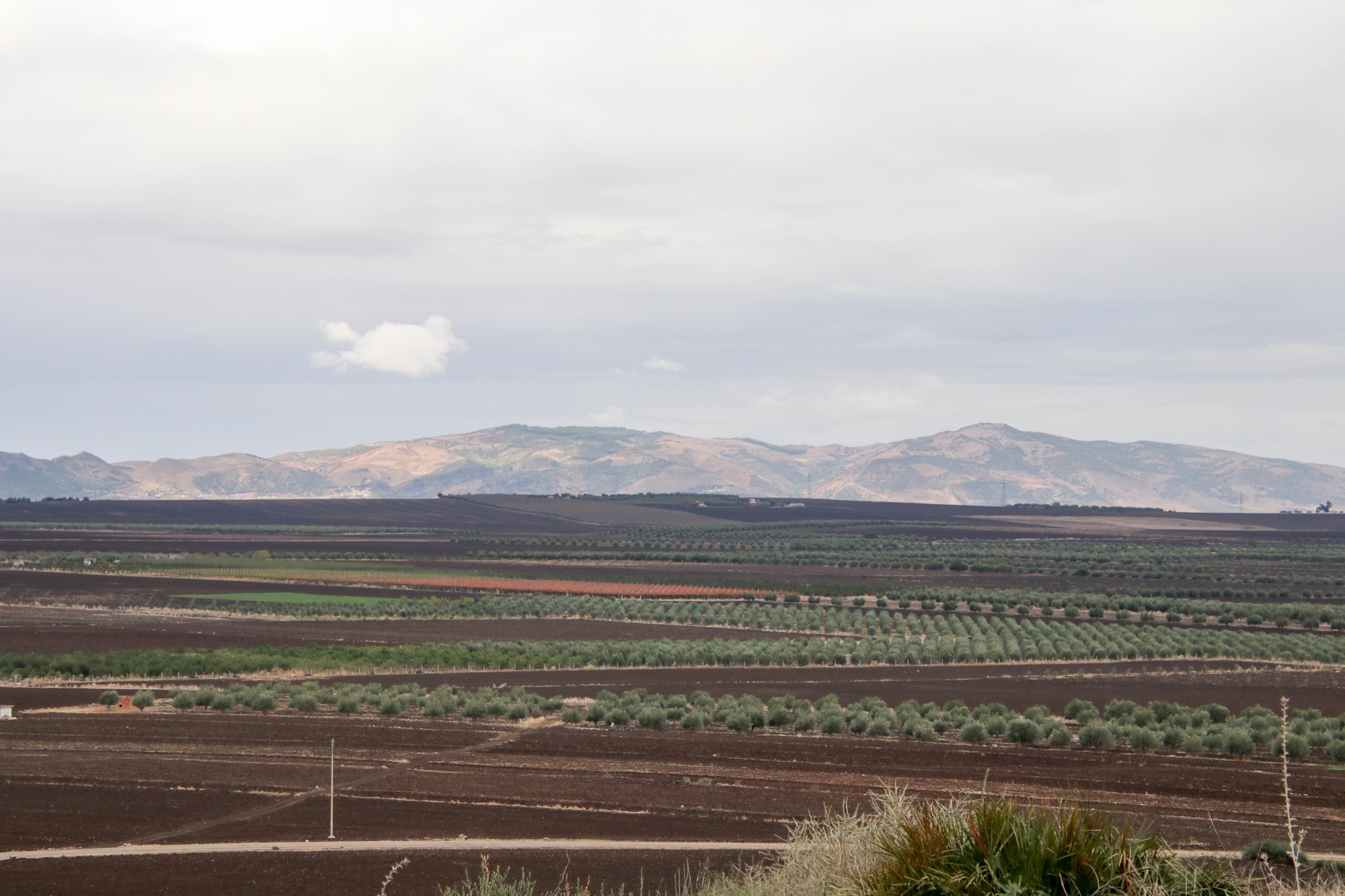
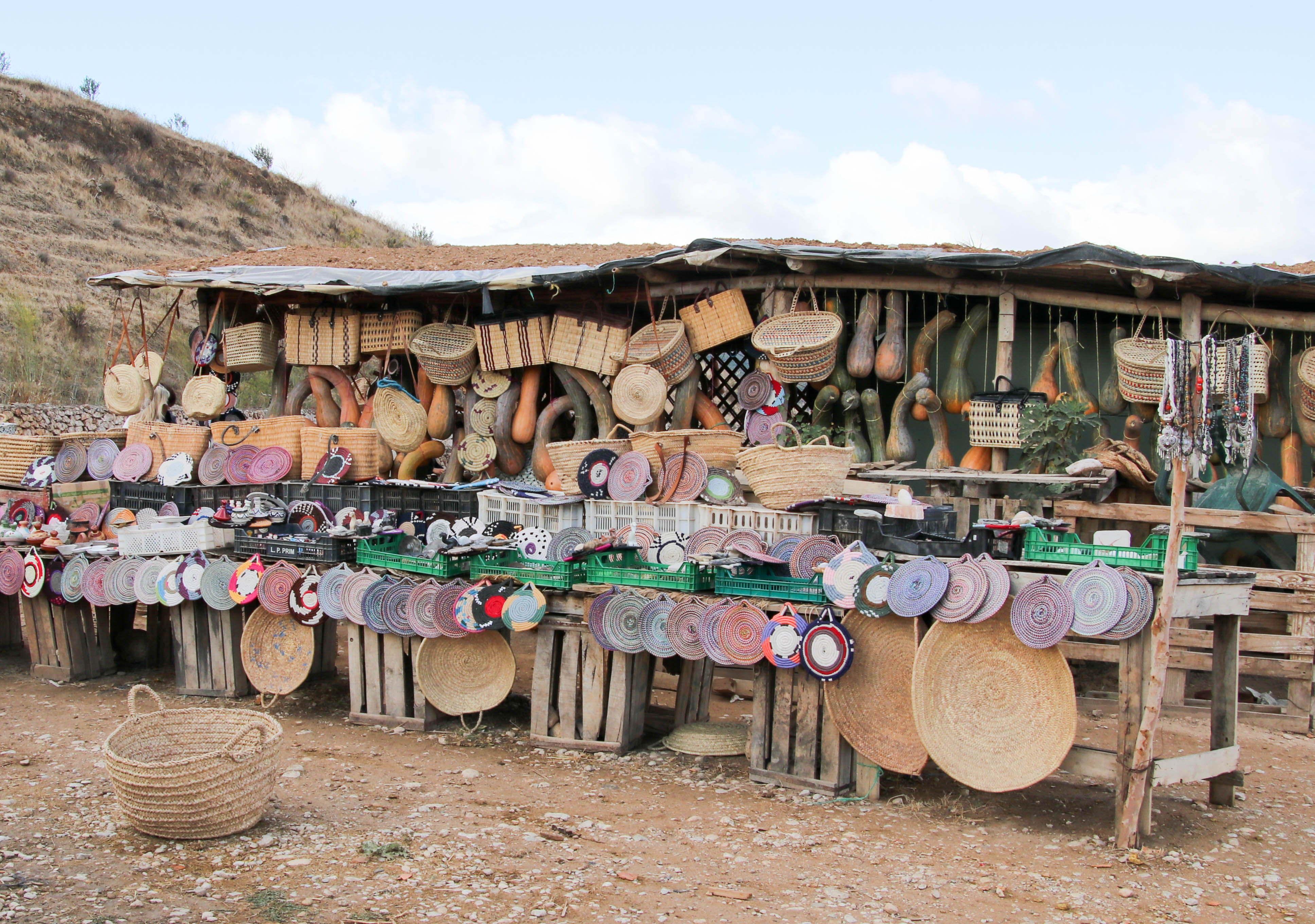


Volubilis, which was first settled by Berbers in the 3rd century BC, was a thriving city under the rule of the Romans from 1 AD until about 238 AD. Located in a region with lots of fertile land, the wealth of the city grew as a result of its large olive crops. In fact, fifty-eight olive presses were found in the ruins. Water was supplied to the city through an elaborate aqueduct system and there were also many public bathhouses fed by this system.
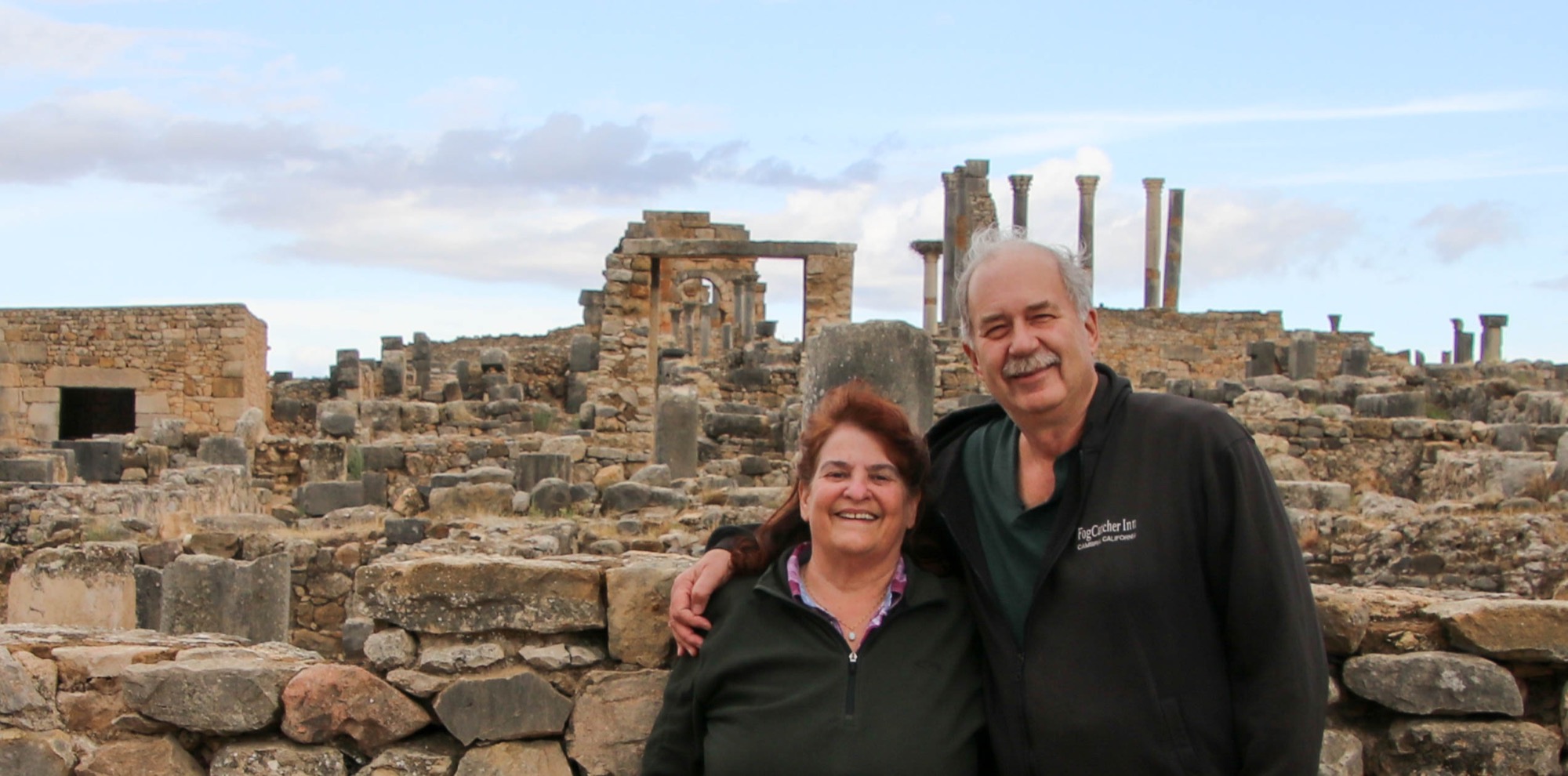




The main street in Volubilis was paved and along both sides there were porticoes where many of the city's shops were located. The large Triumphal Arch, which was built in 217 AD to honor the Roman emperor Caracalla, also marks the beginning of the city's main street.
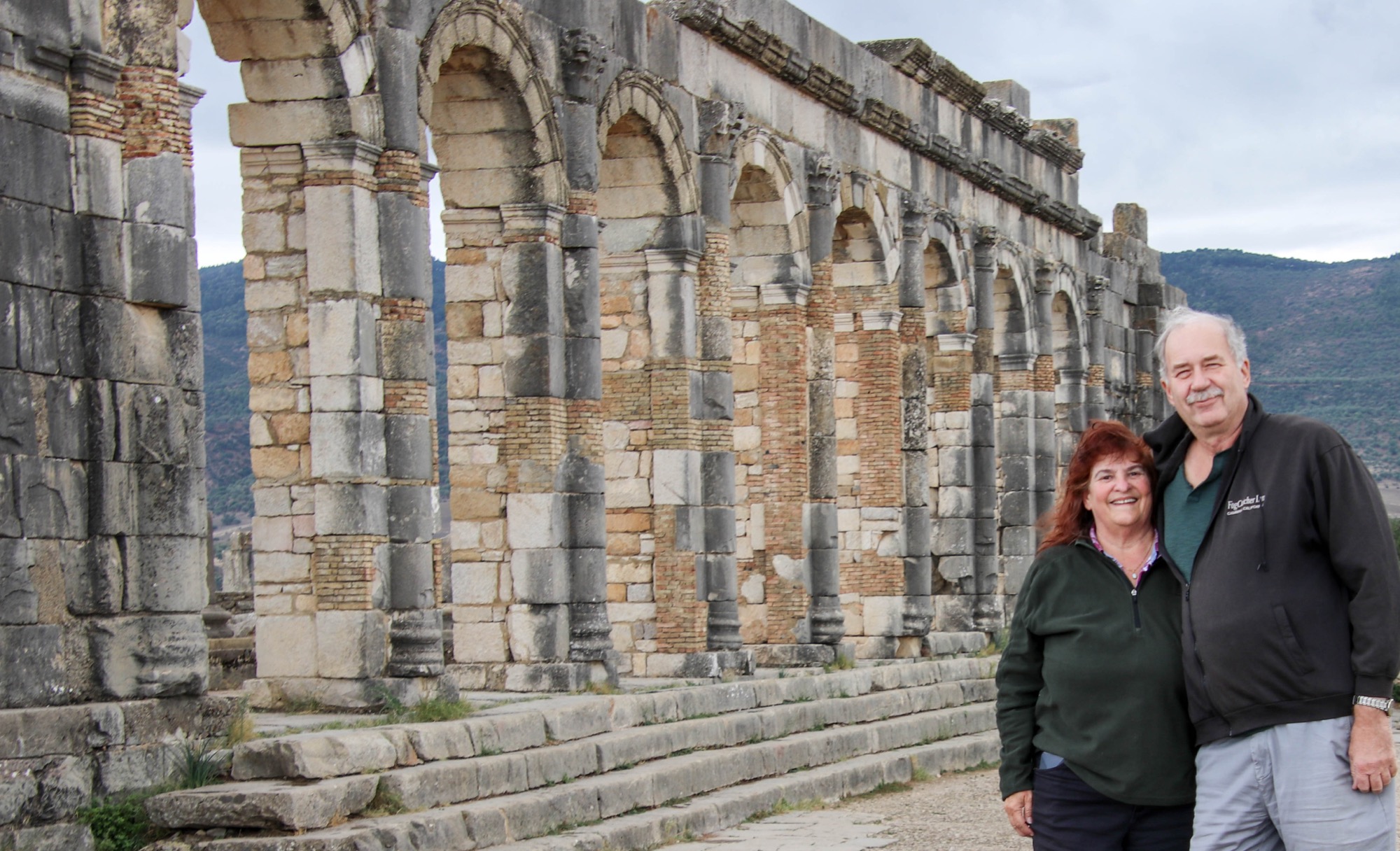


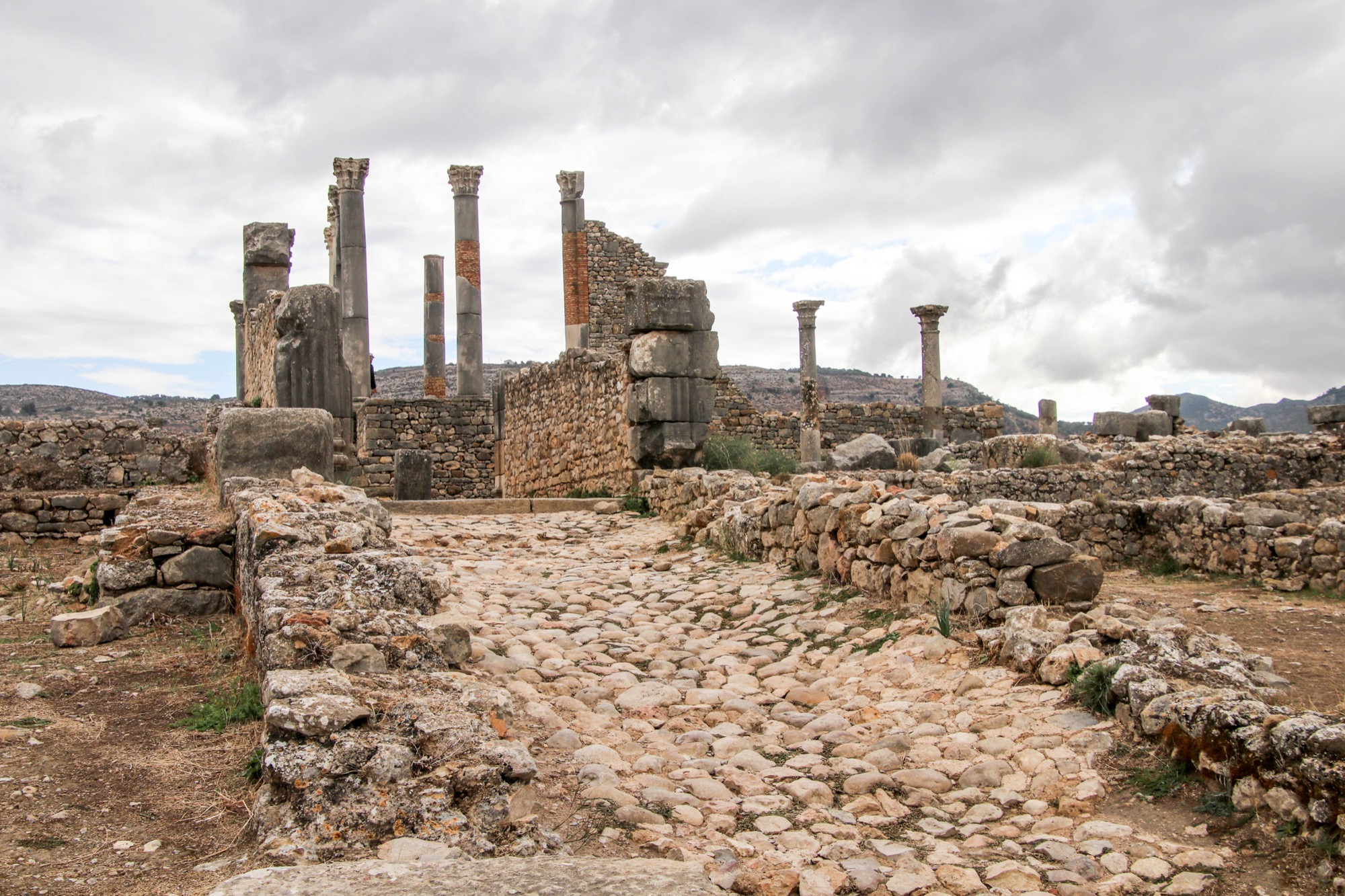
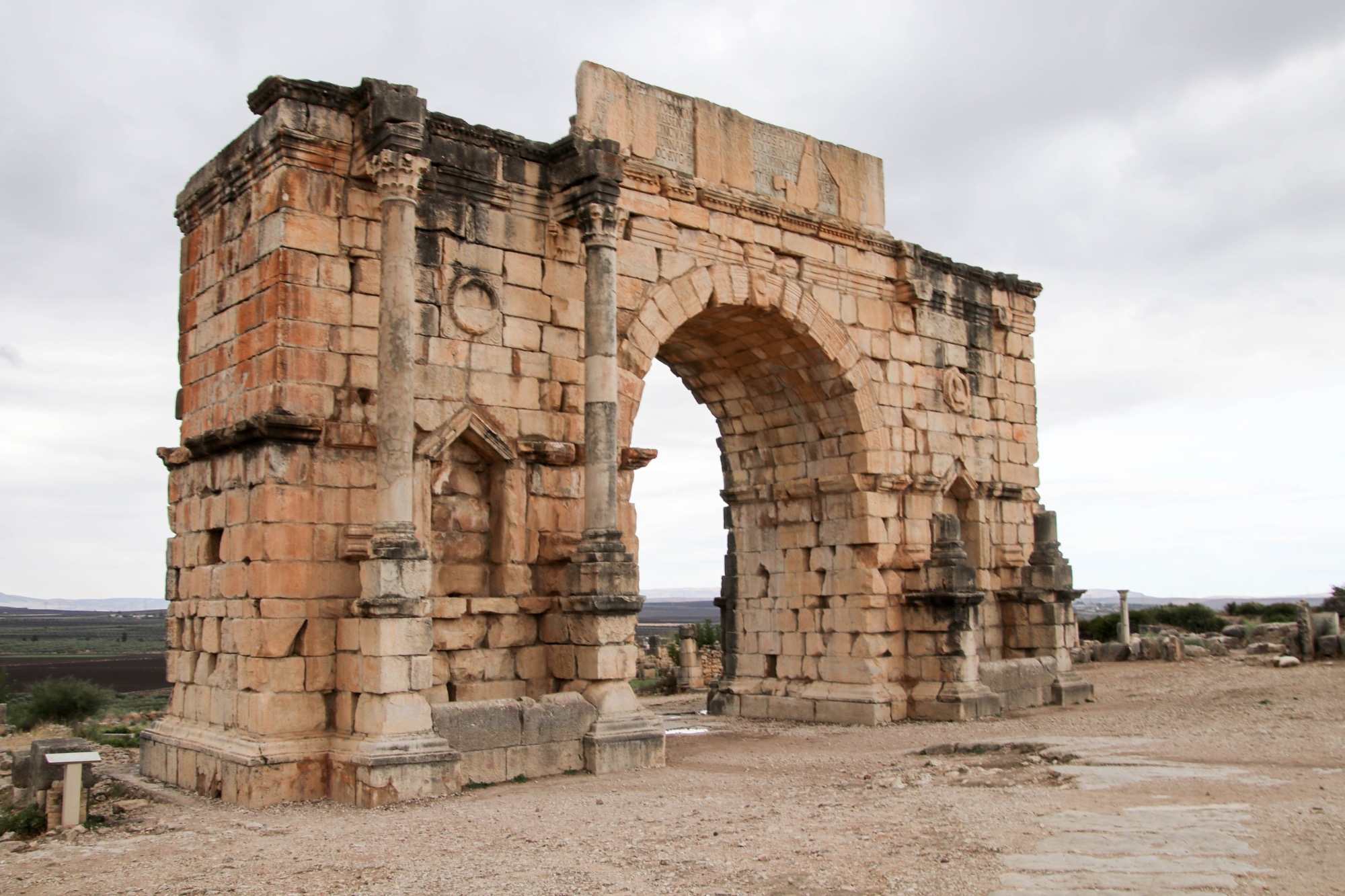

Two of the major public buildings that have been excavated at Volubilis are the basilica and the Capiloline Temple. The basilica, which was 138 feet long and 73 feet wide, was used as a court of justice and an administration building. All that is visible of the basilica today is a wall with a series of arches.
The Capitoline Temple, which sits across a courtyard from the basilica, was dedicated to the Roman gods Jupiter, Juno, and Minerva. Thirteen steps led up to the temple which was surrounded by Corinthian columns and had a single large room inside. The remains of an alter are in the courtyard in front of the temple.

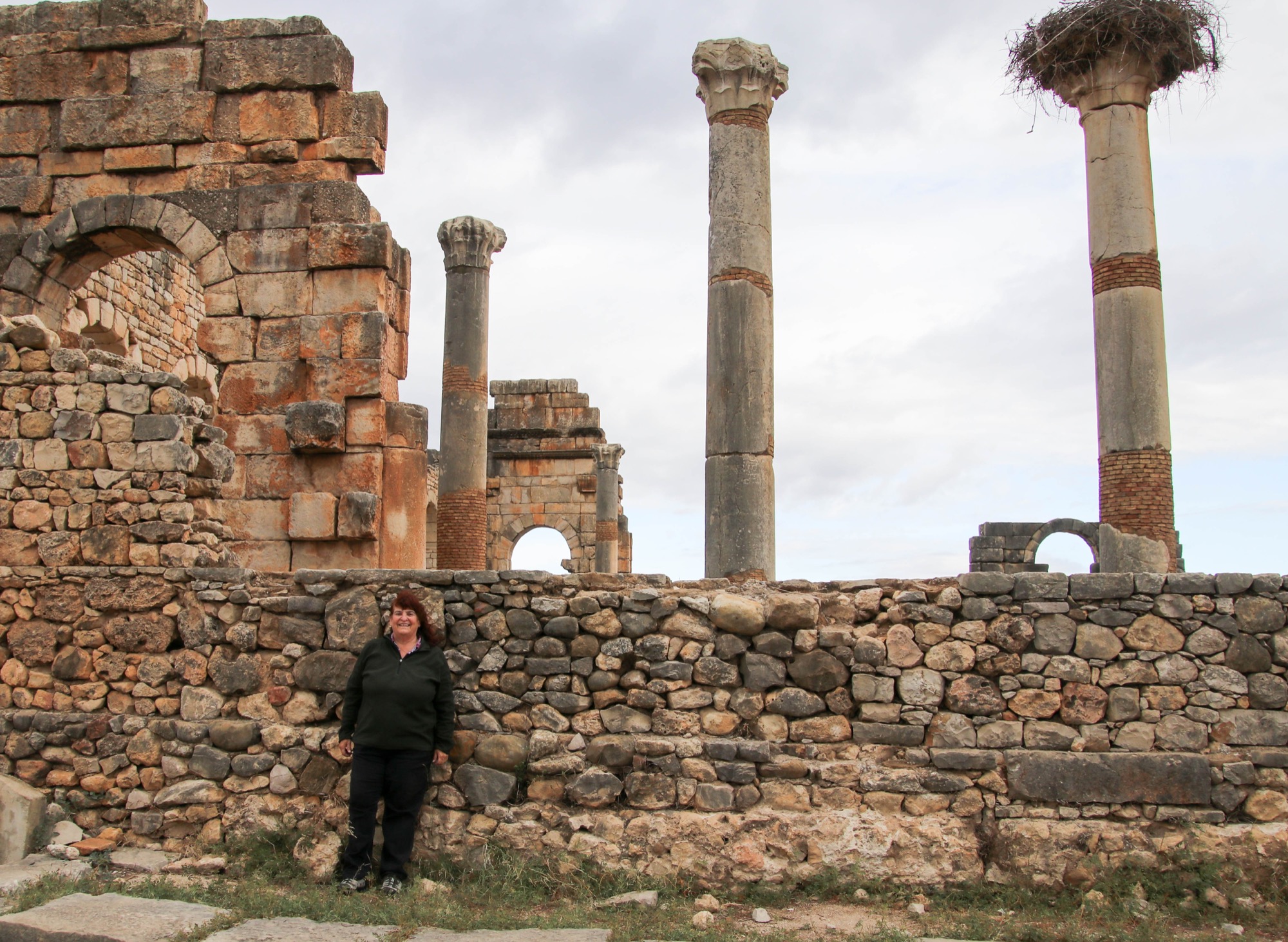

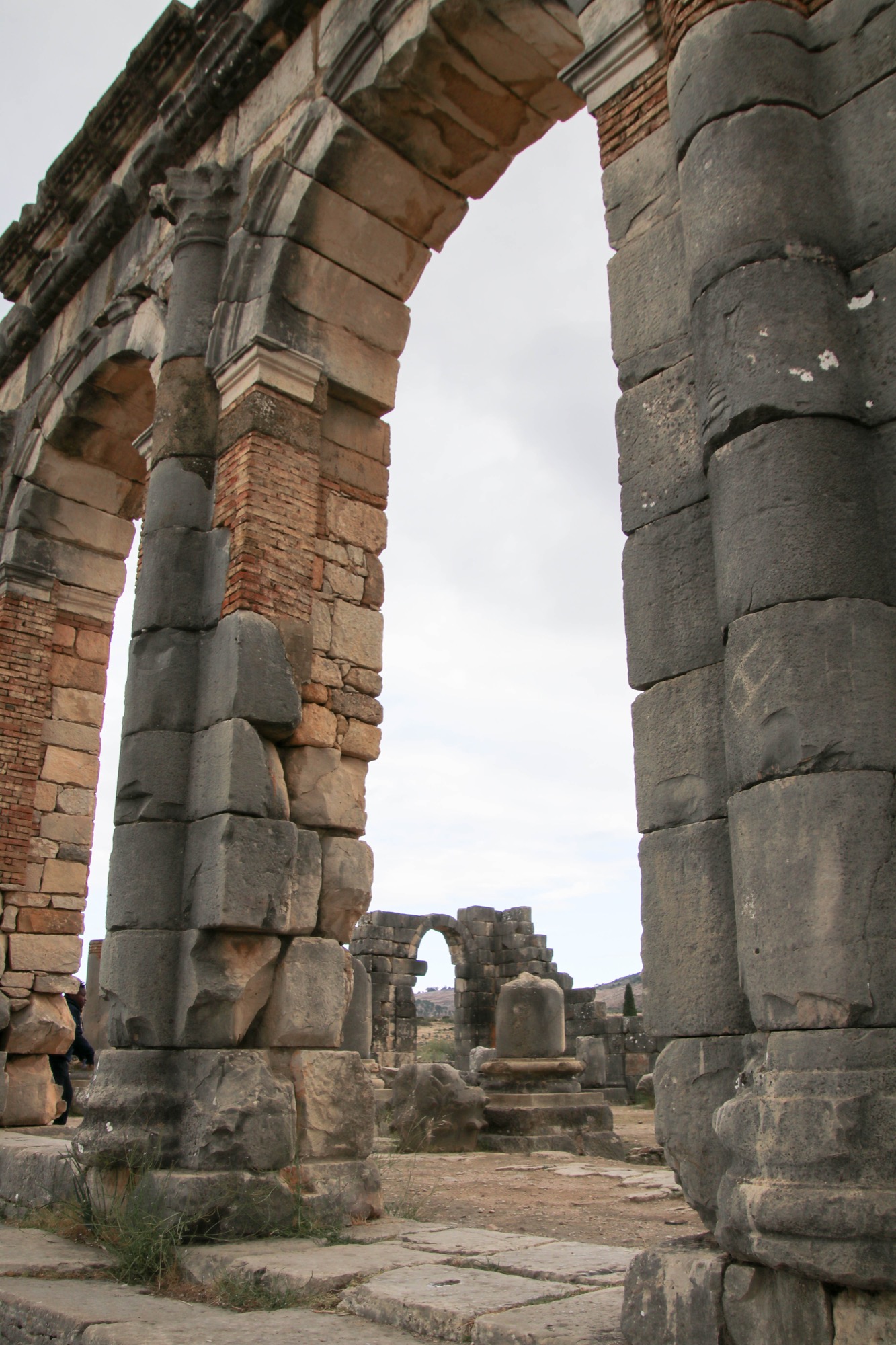


Many of the homes excavated at Volubilis were grand mansions owned by wealthy citizens. There are elaborate tile floors that can be seen in some of these homes.
The museum on the site also housed a display of some of the 800 votive stelae, or memorial markers for the deceased, excavated in 1915 from a shrine just outside the city walls of Volubilis. A mosaic of the head of Medusa was also displayed in the museum as was a small olive press.





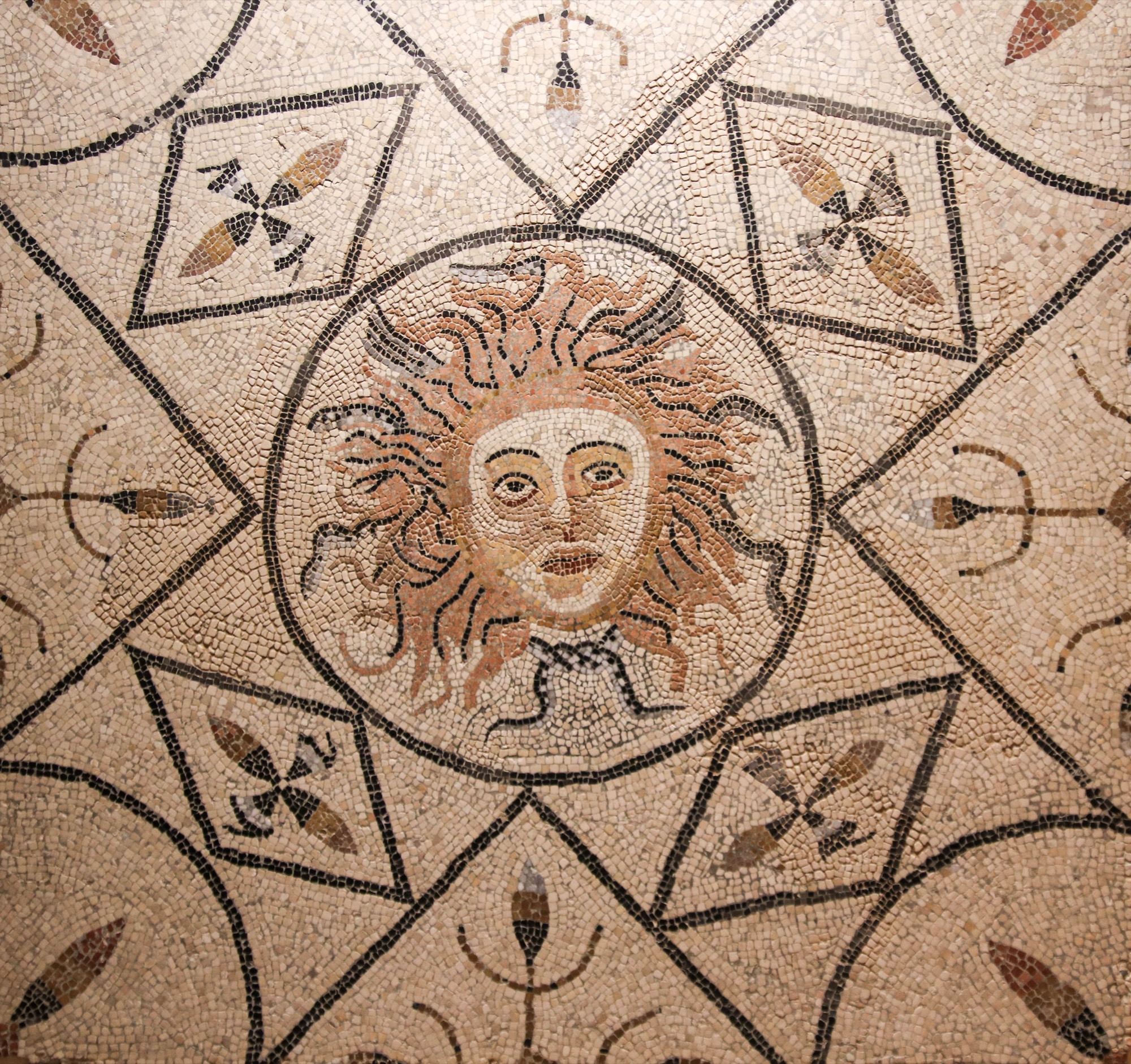

Meknes is a walled city that was founded in the 11th century, but reached the height of its importance as the capitol of Morocco under the reign of Moulay Ismail between 1672 and 1727.
As we drove through the countryside to reach Meknes, we saw many stork nests on the power poles and quite a few shepherds tending flocks of sheep. Notice the long tails on the sheep. Apparently, Moroccan sheep store most of their fat in their tails and as a result they do not have the pungent flavor of the lamb we eat at home.


